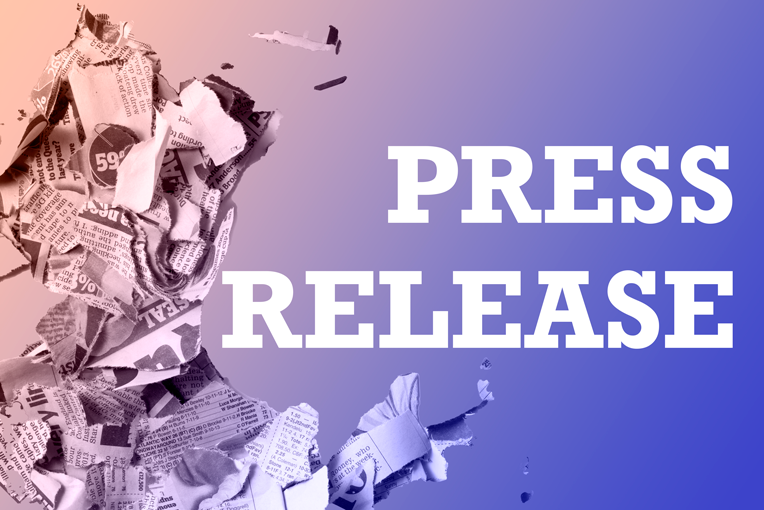How to Write a Press Release: A Step-by-Step Guide for Success
How to Write a Press Release: A Step-by-Step Guide for Success
In the fast-paced world of media and public relations, crafting a compelling press release is essential for getting your message heard. Whether you’re announcing a new product, sharing a company milestone, or responding to a crisis, a well-written press release can make all the difference. But how do you create one that captures the attention of journalists and your target audience? Let’s break it down step by step:
1. Start with a Strong Headline
Your headline should be attention-grabbing and convey the main point of your press release. It’s the first thing journalists see, so make it compelling. Use action verbs and keep it concise, ideally under 100 characters.
2. Write a Subheading (Optional)
A subheading provides additional context and can expand on the headline. It’s a chance to provide more information without cluttering the headline. Make it informative and engaging.
3. Craft an Engaging Lead Paragraph
The first paragraph, also known as the lead, should summarize the entire press release in a concise and captivating way. It should answer the who, what, where, when, why, and how questions. Journalists often decide whether to continue reading based on the lead.
4. Provide the Details
In the following paragraphs, provide more details, quotes, statistics, and background information. Use the inverted pyramid style, placing the most important information at the beginning and gradually adding supporting details.
5. Include Quotes
Quotes from key figures in your organization can add credibility and a human touch to your press release. Ensure the quotes are relevant and provide insight into the topic.
6. Add Boilerplate Information
A boilerplate is a brief section that provides background information about your company. It’s often placed at the end of the press release and should briefly describe your organization’s mission, history, and achievements.
7. Use Multimedia
Consider including multimedia elements like images, videos, or infographics to enhance your press release. Visual content can make your release more engaging and shareable.
8. Provide Contact Information
Include contact information for media inquiries. Journalists may have follow-up questions, so make it easy for them to reach out.
9. Proofread and Edit
Typos and errors can undermine your credibility. Proofread your press release carefully, or consider having a colleague review it. Ensure it’s well-written, clear, and free of grammatical mistakes.
10. Format Correctly
Follow industry-standard formatting guidelines. Use a clear, legible font, and include a dateline with the release date. If your press release is longer than one page, indicate the end with “###” or “-30-“.
11. Distribution
Once your press release is ready, it’s time to distribute it. You can send it to journalists and media outlets directly, use a press release distribution service, or publish it on your website and social media platforms.
12. Follow Up
After sending your press release, follow up with journalists to gauge their interest and offer further assistance. Building relationships with reporters can lead to more coverage in the future.
Remember that writing a press release is just the first step. Effective distribution and engagement with journalists and your target audience are equally important. Keep refining your press release writing skills and adapting to the ever-changing media landscape to ensure your messages are heard loud and clear.





